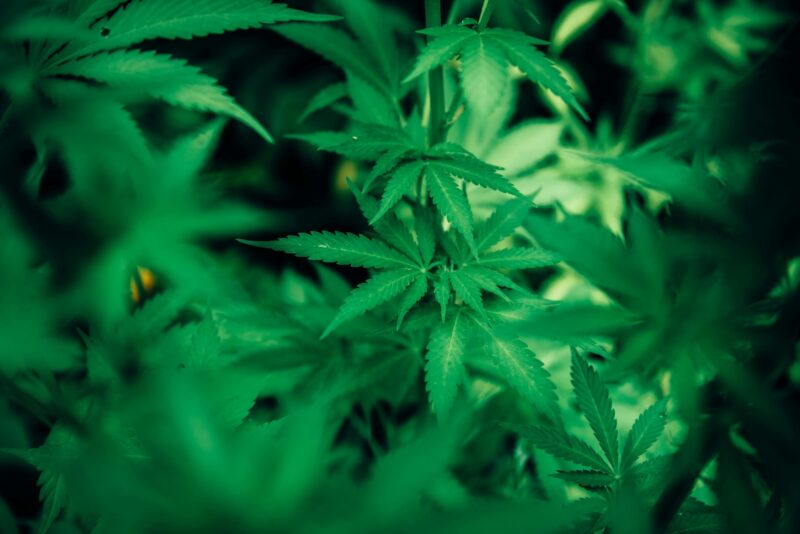![Sakoilsky. All Needs Catered [Still Life With Black Plastic Flowered Skull, Wine And Cannabis]](https://fadmagazine.com/wp-content/uploads/Sakoilsky.-All-Needs-Catered-Still-Life-With-Black-Plastic-Flowered-Skull-Wine-And-Cannabis.jpg)
Low-stress cannabis training is a technique used by many growers today to influence the height and shape of their plants. Those who use it find they improve their yield through the effective use of the space and light they have. This gentle method of training keeps stress to a minimum for the plants.
Anyone can use this simple technique, even if it is their first time growing cannabis. Before utilizing low-stress training, however, a person must know what is involved and how to use this technique properly.
Why Use Low-Stress Training?
Simple low-stress training is nothing more than gently bending branches and stems of cannabis plants and tying them down. How does this increase the yield?
Cannabis plants typically grow into the shape of a Christmas tree, and scientists refer to this growth pattern as apical dominance. The central stem of the plant dominates the other side stems. Low-stress training breaks the apical dominance to ensure the canopy of the plant grows at the same height.
When the canopy of the plant is the same height, all portions of the plant receive the same amount of light. Lower bud sites become more viable, which means the plant produces a larger yield. This technique may be used without altering the growing setup, and the cultivator will still see excellent results.
The Benefits of Low-Stress Training
Low-stress training comes with several benefits. The potency of the buds increases thanks to the low stress that the plants experience. High stress negatively affects the growth of plants and the potency of the buds, which is why many growers now use this method.
Harvesting becomes a simpler process because most buds are ready at the same time. When the plant grows without interference, the buds at the top are ready to harvest first. The grower will have to harvest the lower buds at different times. In fact, multiple harvests may be needed if the plant takes on the customary Christmas tree shape.
Cannabis plants need lots of water and high humidity to grow and thrive. However, this excess moisture could lead to mold growth. When low-stress training is used, the canopy of the plant is spread over a larger area. This allows for better airflow and reduces the risk of mold growing on the plants.
Fewer adjustments are needed to the grow setup. The grower won’t need to monitor the lights constantly to ensure certain parts of the plants aren’t too close to these lights. All plants grow at the same height, so this concern is eliminated.
When to Begin Low-Stress Training?
Low-stress training should begin early in the plant’s growth cycle. The stems of the plant remain most pliable at this time. However, never begin training the plants using this method until they have a minimum of three nodes on each plant and the side branches are growing from these nodes.
Fortunately, a grower can begin using this technique through the early weeks of the flowering stage. If they decide to use it after the plants are already growing, they won’t have to wait until the next time they start a crop.
However, a grower should never use low-stress training on plants that are fully grown. Doing so could damage the plants, as the stems are mature and rigid when they reach this stage of development.
Many people grow their own cannabis to have more control over the process. Low-stress training is one technique every grower should try at least once. Those that do so often find they want to use it with every harvest, as the benefits are amazing.







